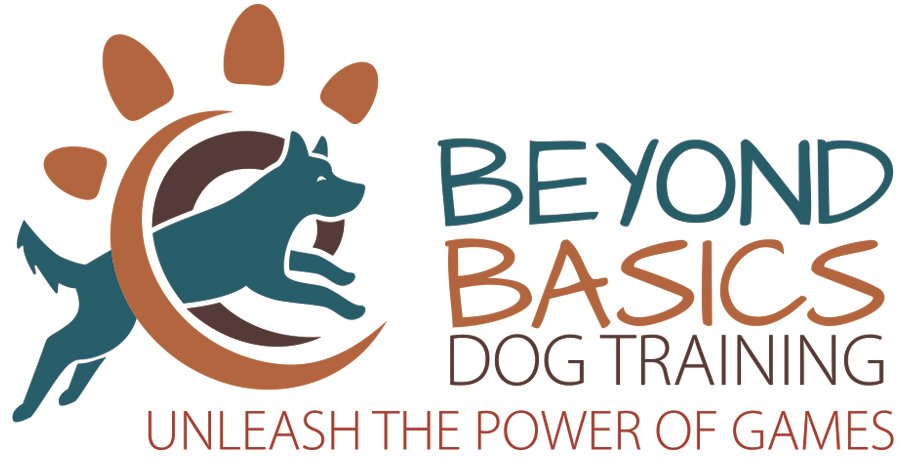Help, my dog is jumping!
How do I teach my dog not to jump?
I often get asked how to teach a dog not to do a certain behavior. Dogs do not learn the concept of ‘no’ well and the key to successfully changing a behavior is to teach your dog a different, incompatible behavior. For example, to stop jumping, I like to teach keeping 4 feet on the floor as an alternative behavior. Many people use a ‘sit’ to give your dogs something else to do rather than jump. Dogs learn faster if we teach them what we want, rather than letting them experiment to determine what we do not want.
Why is my dog jumping?
Like many dog behaviors, jumping can have several different causes. Some of the common causes are:
They are excited to see you.
They want attention and this behavior works.
They may be overwhelmed in a situation and do not know what to do.
There are 2 key parts to successfully changing a behavior:
Management / preventing rehearsal
Training a new, incompatible behavior
Management or Preventing rehearsal
Each time your dog practices jumping and gets rewarded for it (ie: they get your attention), it makes the behavior stronger and more likely to be repeated. For our dog training to be most effective, we need to prevent our dog from rehearsing jumping and being rewarded for it by getting our attention. Management will look different in each situation. A few possible approaches to consider:
If your dog jumps when you first get home, have them behind a gate or blocked from the doorway so you have time to get in the house and be prepared to greet your dog.
Have your dog on a leash when working around others so that you can calmly pick up the leash and lead them away.
Have some of your dog’s food handy and as they approach you, scatter some on the floor. This will encourage your dog to keep their feet on the floor as they approach and is a naturally calming activity.
Make sure that everyone in the household is ‘on the same page’ with this training plan. If someone is continuing to reward your dog for jumping by playing and getting excited, it will make your training much harder. If there is someone who really wants the dog to jump on them, ask them to participate in the training until your dog understands the proper way to greet you and others. After that, you can always teach your dog to jump on cue for that person.
Dog Training
Teach your dog a new greeting behavior when they are calm. If they are overexcited, they will not be able to learn.
As your dog approaches and while their feet are on the floor, mark that behavior with a ‘yes’ and reward your dog by dropping a few pieces of their food on the floor. You can feed them the food from your hand, but dropping it on the floor has the added benefit of encouraging your dog to keep their feet on the floor and encourages calmness.
If your dog does manage to start to jump on you, turn and step away, and drop food on the floor.
Be consistent. Your dog is likely to have a history of being rewarded for jumping and it will take consistent training to change the behavior.
What not to do
There is never a need to use fear, intimidation, or pain to train your dog. This includes techniques such as stepping on your dog’s toes, kneeing your dog in the chest, scolding your dog and many others. These only serve to damage your relationship with your dog and do nothing to teach an appropriate behavior. The American Veterinary Society of Animal Behavior (AVSAB) has issued a position statement on using punishment for behavior modification.
When to get help
There may be times that other issues are causing the jumping and other training may be needed to get to the root causes and successfully change the behavior. Signs that you should seek the help of a qualified force-free trainer include:
Your dog is grabbing at and tearing your clothing.
Your dog is leaving marks / bruises.
Your dog pins you against a wall or other object.
Your dog is humping you and you can’t get away.
When your attempts at training this have not been successful.
We would love to help you with this or other dog training issues! Contact us today to transform your relationship with your dog with Beyond Basics Dog Training.

